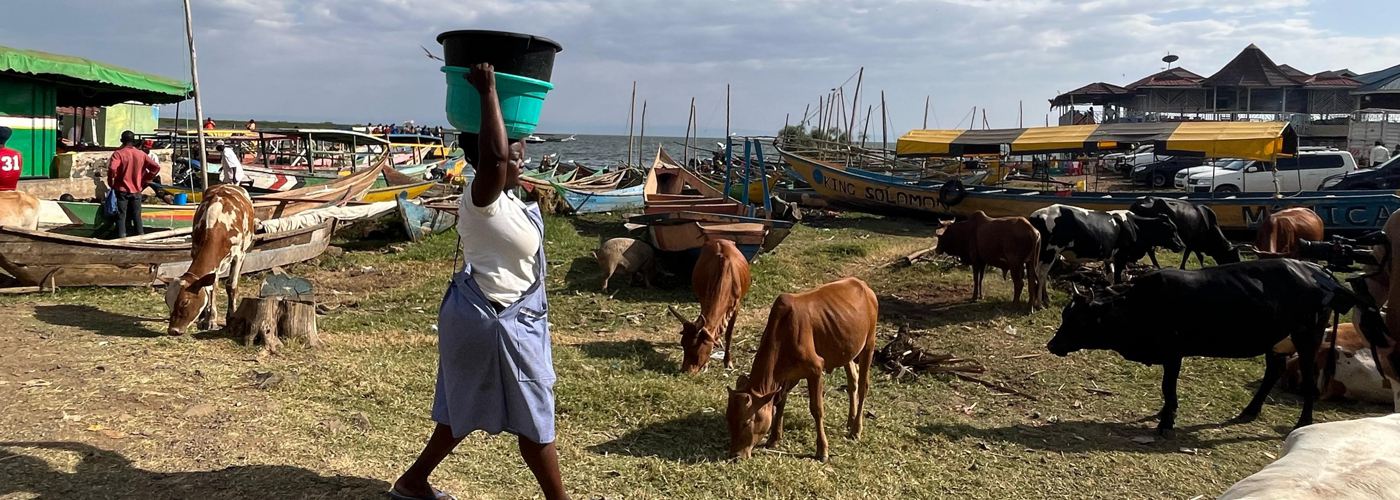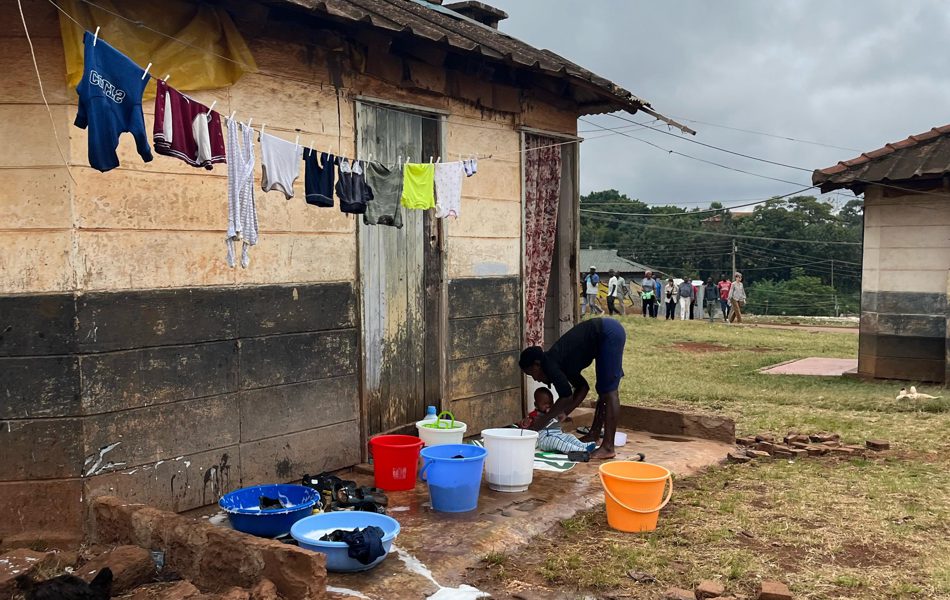Troubled waters: water-associated disease risk in East African shared landscapes
In East Africa’s shared landscapes, where people, livestock, and wildlife interact, the risk of zoonotic diseases remains a pressing concern. Contaminated water sources, climate change and shifting ecosystems all contribute to the spread of infectious diseases, impacting both human and animal health.

Contaminated water is a major source of pathogens and parasites, leading to diseases such as cholera, typhoid, dysentery, and schistosomiasis.
In East Africa, boreholes are commonly used as a solution, but many contain harmful substances like fluorides, arsenic, and chlorides. Groundwater is frequently polluted with infectious agents, nitrates, sulphates and industrial chemicals.
Climate change exacerbates these issues by worsening water scarcity, flooding and drought. Flooding introduces contaminants from waste, while droughts force humans and animals to share limited water sources, increasing the risk of zoonotic disease transmission.
Professor Suzanne Shultz
Suzanne is a Professor of Evolutionary Ecology and Conservation Biology at The University of Manchester.
Our research is investigating how changes in surface water influence zoonotic disease transmission, informing strategies to improve water management and public health in East Africa.
Understanding zoonotic waterborne diseases
Zoonotic diseases are infections that spread from animals to humans through direct contact, food, water, or the environment.
Chronic zoonotic waterborne diseases are a major cause of illness in East African landscapes shared by people, livestock, and wildlife. However, disease surveillance often focuses on acute epidemics rather than long-term health impacts.
Researchers at The University of Manchester are developing a novel approach to studying how changes in surface water, human and animal interactions, and gastrointestinal disease prevalence are linked. These insights will guide water management policies to mitigate health risks across East Africa.
Investigating changing water patterns
A three-year research project, co-designed with partners in Kenya and Tanzania, is investigating how water availability and quality influence disease spread among humans, livestock, and wildlife.

An interdisciplinary team of experts is studying the health impacts of water scarcity and contamination across different populations.
“The main aims of the project are to develop a working group of zoonotic disease and animal health experts in East Africa,” says Suzanne Shultz, Professor of Evolutionary Ecology and Conservation Biology at Manchester. “We are also developing and trialling innovative tools for wildlife health monitoring, namely non-invasive immune markers, and participatory community engagement.
“We have delivered a training and networking workshop for 30 early career researchers from Kenya, Tanzania, and Rwanda. We are particularly interested in diseases that occur in shared landscapes where people, livestock and wildlife interact."
By fostering collaboration and trialling new monitoring tools, the project aims to build a lasting network of veterinarians, academics, and conservationists. This initiative will enhance disease surveillance and inform policies to improve health outcomes in East Africa.
Shaping policy and sustainable solutions
By deepening understanding of the links between environmental factors and disease, the project will inform sustainable water management and disease prevention strategies.
The findings will contribute to reducing waterborne disease risks and mortality rates in East Africa and shape global policy frameworks, including the UN Sustainable Development Goals, the World Health Organisation International Health Regulations and the African Union Agenda 2063.
“We hope this project will lead to a long-term network of veterinarians, academics and conservation stakeholders that share best practice for monitoring and mitigating zoonotic and other wildlife and livestock diseases in East Africa,” Professor Schultz says.
“Our future plans are to scale and support the network, co-develop research projects and support training at partner institutions.”
